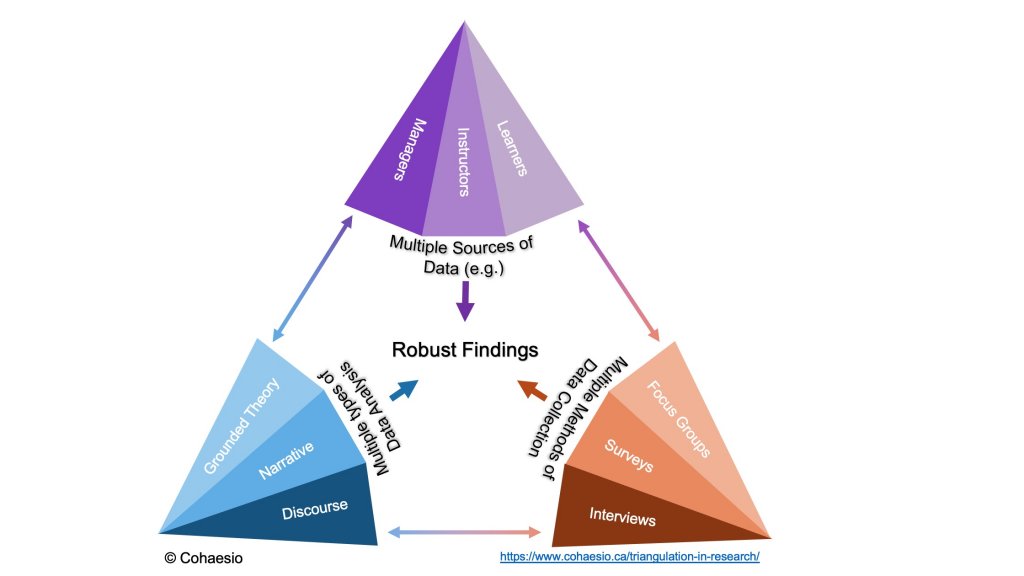Wireless Sensor Network Market Size & CAGR
The global Wireless Sensor Network market size was valued at USD 35.6 billion in 2023, and it is projected to reach USD 78.9 billion by 2030, growing at a CAGR of 10.5% during the forecast period. The increasing adoption of IoT and connected devices across various industries is driving the growth of the Wireless Sensor Network market. IoT solutions rely heavily on wireless sensor networks to collect and transmit data from sensors to central servers, facilitating real-time monitoring and decision-making. This trend is expected to continue propelling the market growth over the coming years.
COVID-19 Impact on the Wireless Sensor Network Market
The COVID-19 pandemic had a mixed impact on the Wireless Sensor Network market. On one hand, the disruption caused by the pandemic led to a temporary slowdown in project deployments and investments in IoT and connected technologies. As a result, the demand for Wireless Sensor Network solutions faced a slight decline in certain industries such as manufacturing and retail.
On the other hand, the pandemic also highlighted the importance of remote monitoring and automation, which are key capabilities enabled by Wireless Sensor Networks. As companies adapted to the new normal of remote work and social distancing measures, there was a renewed emphasis on leveraging IoT solutions to ensure operational continuity and efficiency. This shift in mindset towards digital transformation and smart technologies is expected to drive the demand for Wireless Sensor Networks in the post-pandemic era.
Wireless Sensor Network Market Dynamics
Driver: Increasing Adoption of IoT and Industry 4.0 Technologies
The proliferation of IoT devices and Industry 4.0 technologies across industries is a major driver for the Wireless Sensor Network market. As businesses strive to improve their operational efficiency, reduce downtime, and enhance product quality, they are turning to wireless sensor networks to monitor and control critical processes in real time. The seamless integration of sensors, actuators, and communication technologies enables companies to create smart, interconnected systems that optimize performance and drive innovation.
Restraint: Security and Privacy Concerns
Security and privacy concerns pose a significant restraint to the growth of the Wireless Sensor Network market. With the increasing volume of data transmitted and processed by wireless sensor networks, there is a growing risk of cyber threats and data breaches. Ensuring the confidentiality, integrity, and availability of data collected by sensors is crucial for maintaining trust among end users and regulatory compliance. Addressing security challenges and implementing robust encryption and authentication mechanisms are essential for the widespread adoption of Wireless Sensor Networks.
Opportunity: Integration with Edge Computing and Artificial Intelligence
The integration of wireless sensor networks with edge computing and artificial intelligence presents a significant opportunity for market growth. Edge computing enables data processing and analysis to be performed closer to the data source, reducing latency and enhancing real-time decision-making capabilities. By leveraging AI algorithms to analyze sensor data, companies can extract valuable insights, predict maintenance issues, and optimize resource allocation. The combination of wireless sensor networks, edge computing, and AI technologies offers a powerful solution for achieving operational efficiency and driving innovation across industries.
Challenge: Interoperability and Standardization
Interoperability and standardization issues present a challenge for the Wireless Sensor Network market. With the diverse range of sensors, protocols, and communication technologies available in the market, ensuring seamless integration and compatibility between different devices can be complex. Lack of common standards and protocols hinders the interoperability of wireless sensor networks, limiting the scalability and effectiveness of IoT solutions. Overcoming these interoperability challenges requires industry collaboration, development of open standards, and certification programs to ensure seamless connectivity and data exchange within wireless sensor networks.
Segments and Related Analysis of the Wireless Sensor Network Market
The Wireless Sensor Network market is segmented based on technology, product, application, and end-user industry. Each segment plays a crucial role in shaping the market landscape and driving innovation in the field of wireless sensor networks.
Wireless Sensor Network Market Analysis Report by Region
Asia Pacific Wireless Sensor Network Market Report
The Asia Pacific region is a key market for wireless sensor networks, driven by the rapid industrialization and adoption of IoT technologies in countries like China, Japan, and South Korea. The growing demand for smart manufacturing, smart cities, and connected healthcare solutions is fueling the deployment of wireless sensor networks in the region. With a strong focus on innovation and digital transformation, Asia Pacific presents significant growth opportunities for wireless sensor network providers.
South America Wireless Sensor Network Market Report
South America is experiencing steady growth in the adoption of wireless sensor networks, particularly in sectors such as agriculture, mining, and oil & gas. The region's diverse landscape and natural resources create opportunities for deploying sensor networks to monitor environmental conditions, optimize resource management, and enhance operational efficiency. With increasing investments in infrastructure and smart city projects, South America is poised to become a key market for wireless sensor network solutions.
North America Wireless Sensor Network Market Report
North America is a mature market for wireless sensor networks, driven by the presence of leading technology companies and innovative startups. The region's strong focus on research and development, coupled with investments in IoT, Industry 4.0, and smart grid initiatives, propels the growth of wireless sensor network solutions. From smart homes and buildings to industrial automation and environmental monitoring, North America offers diverse opportunities for wireless sensor network providers to collaborate with businesses and government agencies.
Europe Wireless Sensor Network Market Report
Europe is a key market for wireless sensor networks, characterized by a strong regulatory environment, advanced infrastructure, and a focus on sustainability and innovation. The region's emphasis on smart cities, renewable energy, and digital transformation initiatives drives the adoption of wireless sensor networks across various industries. With a growing demand for efficient resource management, environmental monitoring, and predictive maintenance solutions, Europe presents lucrative opportunities for wireless sensor network providers to expand their presence and offer cutting-edge solutions to customers.
Middle East and Africa Wireless Sensor Network Market Report
The Middle East and Africa region is witnessing a gradual uptake of wireless sensor networks, driven by the region's focus on digitization, smart infrastructure, and sustainable development. With projects related to smart cities, energy management, and industrial automation gaining momentum, the demand for wireless sensor network solutions is on the rise. As countries in the region invest in IoT technologies and connectivity, wireless sensor networks play a crucial role in enabling data-driven decision-making, enhancing operational efficiency, and driving economic growth.
Wireless Sensor Network Market Analysis Report by Technology
The Wireless Sensor Network market is segmented based on technology, including Zigbee, Bluetooth, Wi-Fi, RFID, and others. Each technology offers unique advantages and applications in the field of wireless sensor networks, catering to specific industry requirements and use cases.
Wireless Sensor Network Market Analysis Report by Product
The Wireless Sensor Network market includes a range of products such as temperature sensors, pressure sensors, humidity sensors, motion sensors, and others. These products play a crucial role in collecting data, monitoring environmental conditions, and enabling real-time decision-making in various industries.
Wireless Sensor Network Market Analysis Report by Application
The Wireless Sensor Network market caters to a wide range of applications, including industrial automation, healthcare monitoring, environmental monitoring, smart agriculture, and smart cities. Each application requires specific sensor capabilities and network configurations to meet the diverse needs of customers and industries.
Wireless Sensor Network Market Analysis Report by End-User
The Wireless Sensor Network market serves various end-user industries, such as manufacturing, healthcare, transportation, oil & gas, and agriculture. Each industry has unique requirements for wireless sensor network solutions, ranging from asset tracking and inventory management to predictive maintenance and energy efficiency.
Key Growth Drivers and Key Market Players of Wireless Sensor Network Market
Some of the key growth drivers of the Wireless Sensor Network market include:
- Rising demand for IoT solutions in industrial and commercial sectors
- Focus on smart cities, sustainable development, and energy efficiency initiatives
- Advancements in wireless communication technologies and sensor integration
- Increasing investments in digital transformation and Industry 4.0 technologies
Some of the key market players in the Wireless Sensor Network market include:
- Cisco Systems Inc.
- Honeywell International Inc.
- Siemens AG
- Bosch Sensortec GmbH
- Texas Instruments Inc.
Wireless Sensor Network Market Trends and Future Forecast
Some of the key trends shaping the Wireless Sensor Network market include:
- Adoption of 5G technology for enhanced connectivity and data transmission
- Integration of AI and machine learning for predictive maintenance and analytics
- Growing focus on cybersecurity and data protection in wireless sensor networks
- Expansion of smart grid infrastructure for efficient energy management
Recent Happenings in the Wireless Sensor Network Market
Recent developments in the Wireless Sensor Network market include:
- Launch of next-generation sensor nodes with improved battery life and performance
- Partnerships between sensor manufacturers and software developers for integrated solutions
- Acquisitions and mergers to strengthen market position and expand product offerings
- Investments in research and development for innovative sensor technologies and applications



